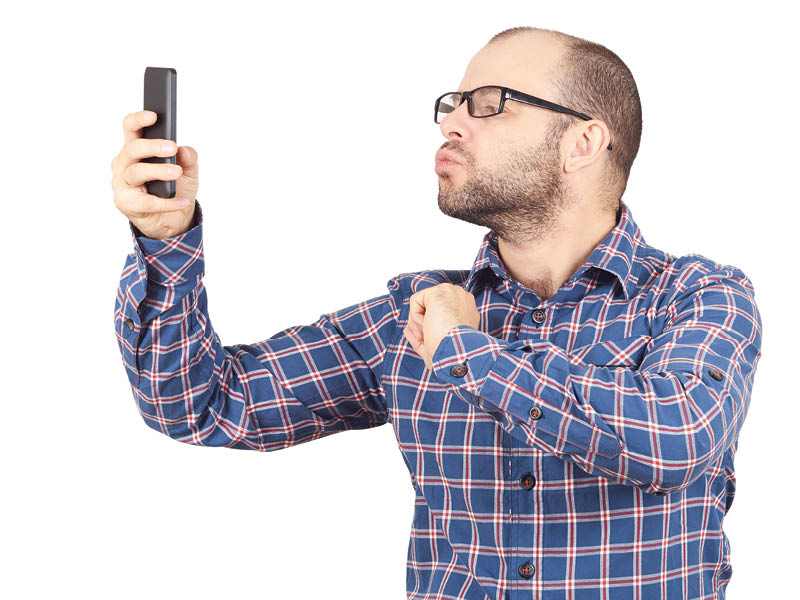If you’ve ever noticed a change in a mole on your body, chances are you wondered if it was skin cancer. This most common of cancers affects about one in five people over the course of their lifetimes, according to the American Academy of Dermatology. The rate of melanoma—the potentially deadly form of skin cancer—doubled between 1982 and 2011.
Could our smartphones save us? At least a dozen companies have launched apps that enable customers to take high quality photos of their moles, organize and archive them.
“It’s a huge, exciting field to be able to monitor, track, and follow all of these types of lesions,” says Dr. Z. Christine Marcuson, a dermatologist and Mohs surgeon at Dermatology Specialists in Williamsburg, Virginia. “The most challenging patients that we have, regarding following people for melanoma, are the patients that have multiple atypical moles. And the best predictor, of course, is change. So having serial photographs is fantastic from a provider’s standpoint.”
Marcuson is excited about the possibilities of aiding underserved populations through tele-dermatology, as well as monitoring patients who have hundreds of moles. “I think it has a tremendous potential as far as reducing anxiety and reducing unnecessary biopsies,” she says.
But some apps go farther than photographing and archiving. Several attempt to diagnose whether a skin spot is cancerous or benign. Dr. Joel A. Wolf published a study in JAMA Dermatology in 2013 testing four of these diagnostic apps. He and his colleagues submitted 188 photos of pre-diagnosed skin lesions to smartphone apps. Sixty were bona fide melanomas; the other 128 were benign. Three of the apps used automated algorithms to assess lesions. The fourth forwarded the photos to an unidentified dermatologist. Results varied, but even the one that used a real dermatologist, not an algorithm, pronounced 30 percent of the known melanomas benign.
Marcuson warns that these diagnostic apps could give users a false sense of security, causing them to defer a much-needed dermatology appointment. People would rather believe it when an app says they’re okay than be inconvenienced by a doctor’s appointment, she says. “And if it’s accurate, that’s great. But if it’s a 30 percent error rate and you’re in that 30 percent, it’s 100 percent for you. And you’ve delayed your diagnosis.”
For people who catch a melanoma before it spreads into their lymph nodes, the five-year survival rate is 98 percent. Experts expect melanoma to cause about 10,130 deaths this year. Obviously, not everybody is getting diagnosed soon enough. And relying on a smartphone app for accurate diagnosis may increase the death toll.
Marcuson recommends combining technology with older ways of charting changes in moles. Get a close companion to examine moles in places you can’t see, such as your scalp, back and behind your ears. Note especially what’s called the ABCD and Es of melanoma detection: asymmetrical shape, irregular border, more than one color, diameter bigger than a pencil eraser and evolution, or changes in the mole. Take mole selfies, or have your partner do it. And for now, use skin cancer apps for archiving photos to share with your dermatologist. But don’t trust an app for diagnosis.



